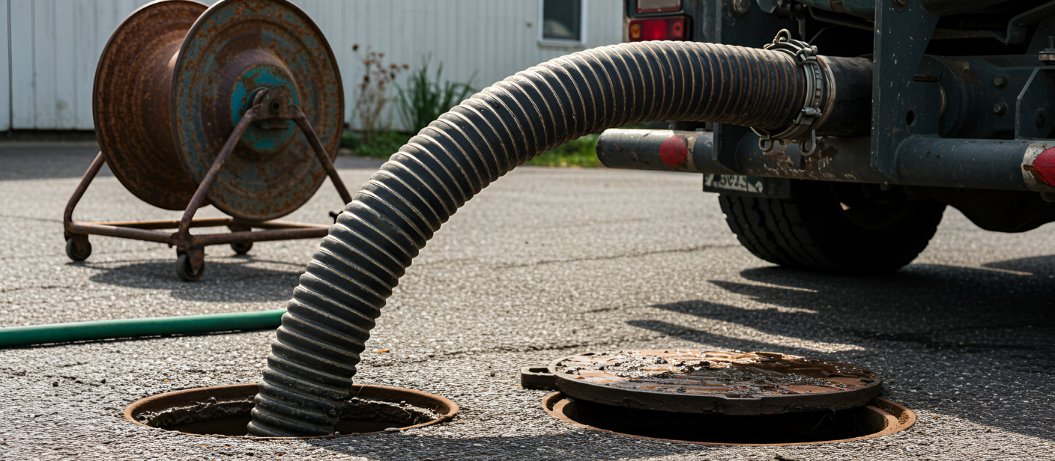A peristaltic pump is a self-priming displacement pump that can be used to pump a variety of abrasive fluids. However, it’s important that you select the right peristaltic pump for your needs to benefit from a high-performing product. If you need an industrial peristaltic pump installed, here are some factors to consider to ensure you choose the right one for your needs:
Duty Cycle
The duty cycle refers to the amount of time during which a peristaltic pump is operated. If you plan on using the pump continuously, it’s essential that you reduce the speed to prevent shortening the hose lifespan. Look at the product description to determine what part of the pump curve can be treated as continuous duty and what part can only be used intermittently.
Contamination
Peristaltic pumps use glycerin to lubricate the tubing and dissipate heat. If the hose begins to malfunction, this can cause glycerin to contaminate the fluid being pumped. If preventing product contamination is a high priority of yours, select a pump with rollers instead of shoes. This is because the shoes need their casings filled with lubricating fluid, thereby increasing the chances of contamination.
Flow
Tailor the sizing of your pump for more viscous fluids or high suction lifts to allow for effective flow. These aspects cause de-rating speeds and therefore benefit from bigger pumps.
Correct Hose
It’s essential that you choose the right hose material for your needs to benefit from an extended hose life. Choosing the right hose also ensures you comply with hygiene standards where necessary – such as in the pharmaceuticals industry. We recommend natural isoprene hoses when dealing with abrasive fluids.
Pressure
Not all peristaltic pumps are built the same. Some designs enable pumps to be used on applications with pressures up to 15 bar while others aren’t. Be sure to look at the flow and speed limitations to determine whether the pump model is suitable for your required pressure.
Temperature Requirements
Some peristaltic pumps have temperature limitations. It’s important that you choose a hose that can withstand your operating temperatures for maximum efficiency.
Suction Conditions
Your peristaltic pump will require a pulsation dampener fitted if requiring a high suction lift. Furthermore, the suction line diameter needs to be increased if the viscosity of the fluid exceeds 2000cPs. We recommend keeping the suction line as short as possible for better pump functioning.
Maintenance Requirements
Apart from hose changes, peristaltic pumps are relatively easy to maintain. For fewer maintenance requirements, consider a pump with rollers. These rollers don’t have lubricant casings, which means they don’t need regular oil drains and re-fills after a hose change. Less lubricant also reduces the chance of leaks and chemical attacks.
Several factors need to be considered when choosing the best peristaltic pump for a particular application. At Atlantic Pumps, we are peristaltic pumps suppliers taking a sustainable approach to our work. We aim to reduce energy wastage in pumps and energy usage by 20% on the average site. For a peristaltic pump UK-wide, contact us today.
We also take a sustainable approach to our work and are committed to reducing energy waste from pumps. Our expert knowledge allows us to reduce energy usage by 20% on the average site!
Call us today on 0808 196 5108 for more information.
 June 3 2022
June 3 2022 3 Minutes min read
3 Minutes min read


